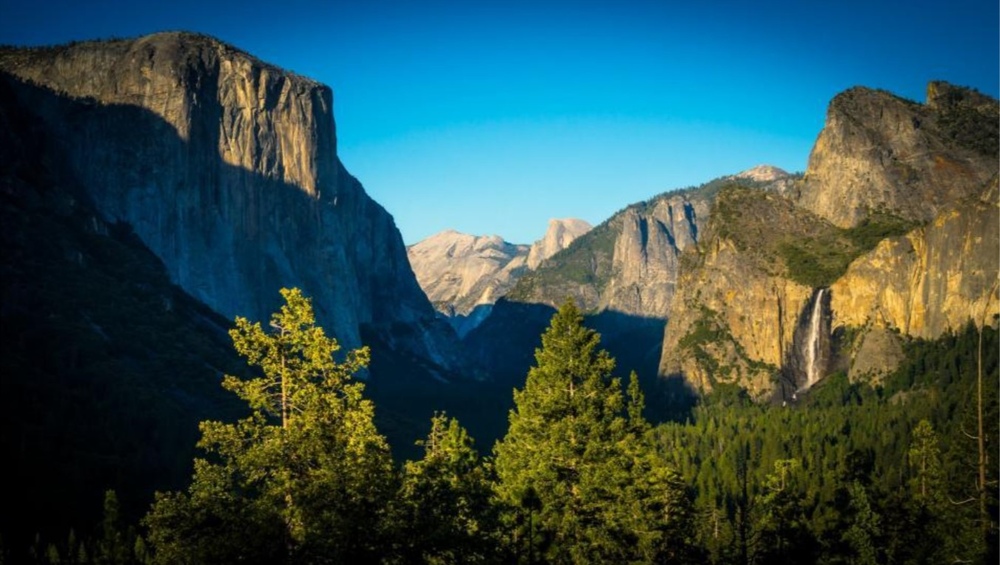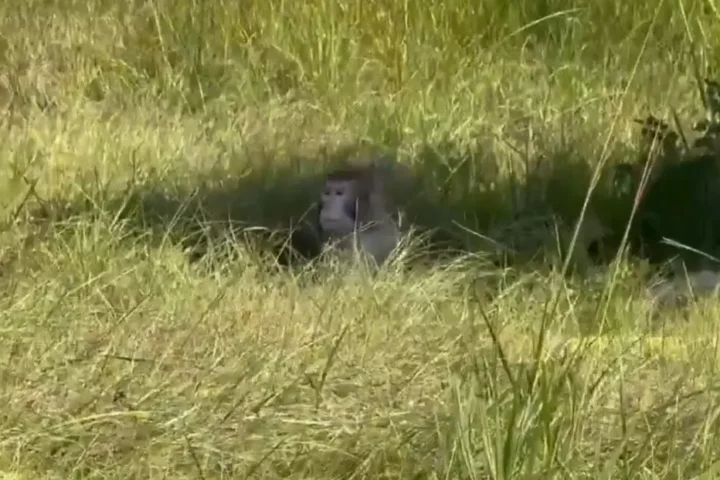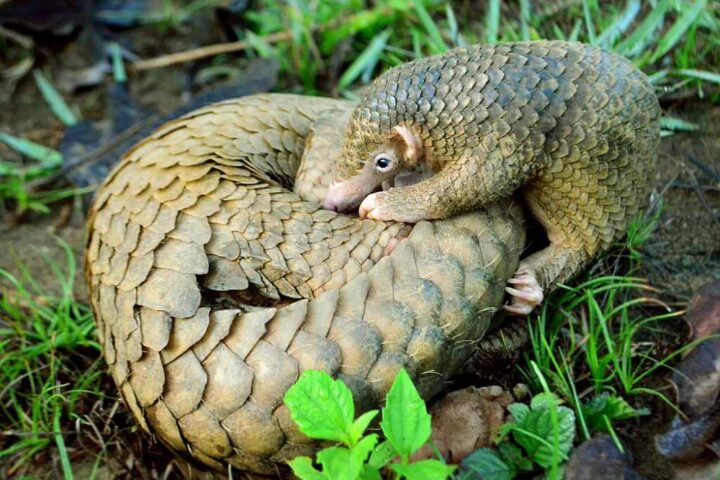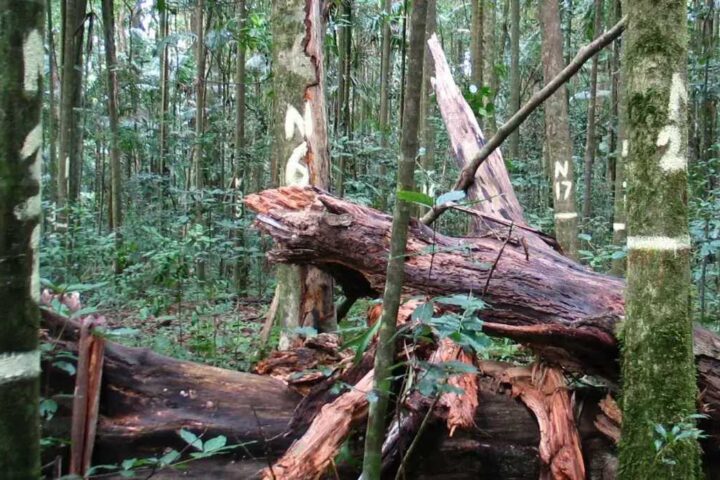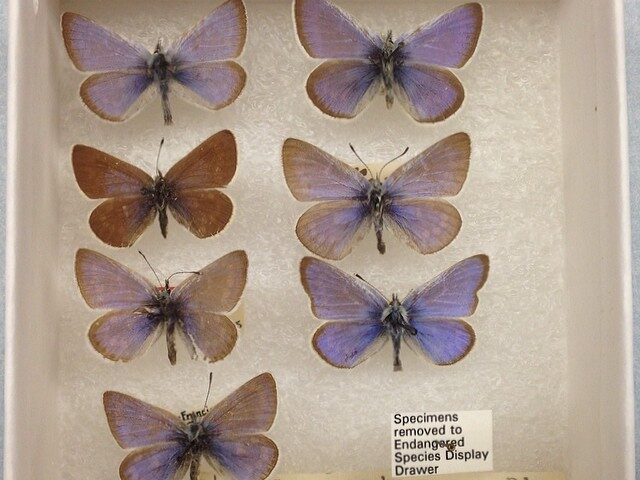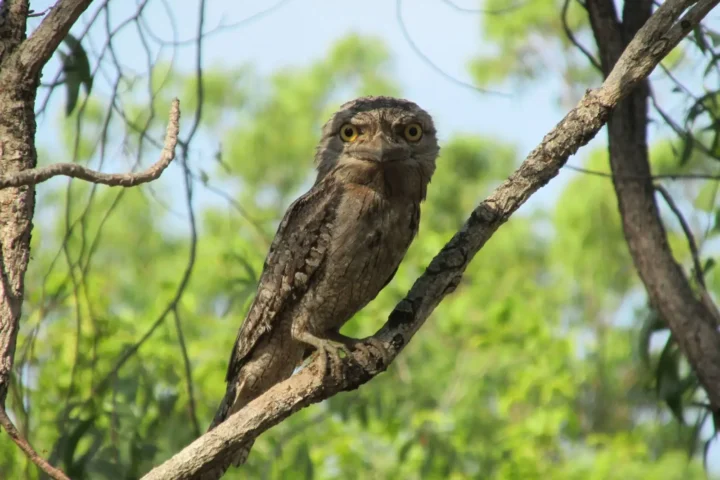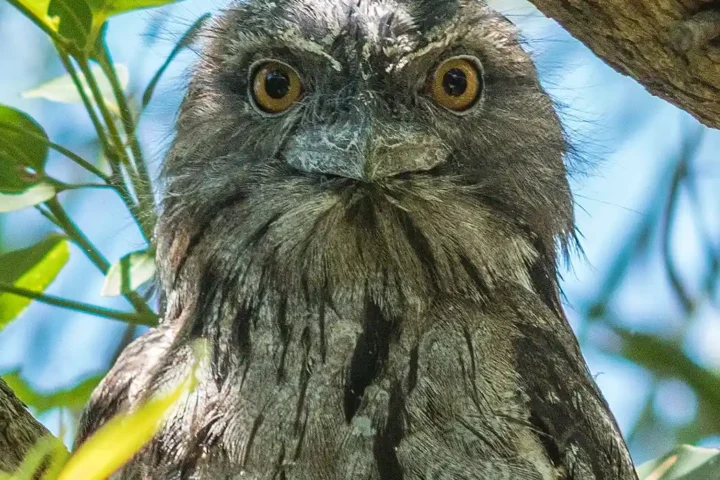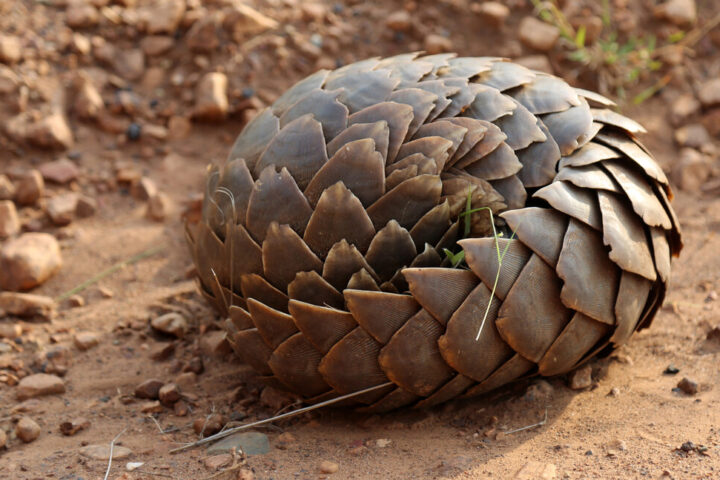Seven tribes with deep roots in Yosemite National Park are working to restore their practice of gathering plants within park boundaries. The Bridgeport Indian Colony filed this historic request in August 2022, representing all seven tribes who have lived and tended these lands for millennia.
“The uncertain access to parklands has impacted the transfer of cultural practices between generations,” states the source document. This limitation stems from current park rules that make plant gathering illegal without special permission from the park superintendent.
The tribes aren’t asking for unrestricted access. Instead, they propose gathering practices that have helped shape Yosemite’s plant life for generations. Near El Capitan, tribal members demonstrate this by maintaining black oak groves by creating burn piles from dead and down wood and planting saplings.
The National Park Service is now conducting an Environmental Assessment to evaluate the potential impacts of traditional tribal gathering practices. This study will look at how traditional gatherings might affect the park’s resources and help ensure tribes can collect native plant material legally and sustainably.
Similar Posts
The tribes involved include the Bishop Paiute Tribe, Bridgeport Indian Colony, Mono Lake Kootzaduka’a Tribe, North Fork Rancheria of Mono Indians, Picayune Rancheria of Chukchansi Indians, Southern Sierra Miwuk Nation, and the Tuolumne Band of Me-Wuk Indians. Each brings generations of knowledge about local plants and their uses.
This request follows a 2016 rule change that lets national parks work with federally recognised tribes to create plant-gathering agreements. It’s the first such request for Yosemite.
The public can share their thoughts on this proposal from January 13 to February 12, 2025. The park service plans to share their assessment findings in the summer of 2025, with a final decision expected that fall.
Looking ahead, allowing traditional gatherings could bring multiple benefits. Traditional knowledge and practices could help maintain biodiversity and ecosystem health while preserving important cultural practices.
For the tribes, regaining gathering rights means more than just collecting plants. It’s about maintaining cultural ties and continuing practices that have been part of Yosemite’s history since before the national park was established.
